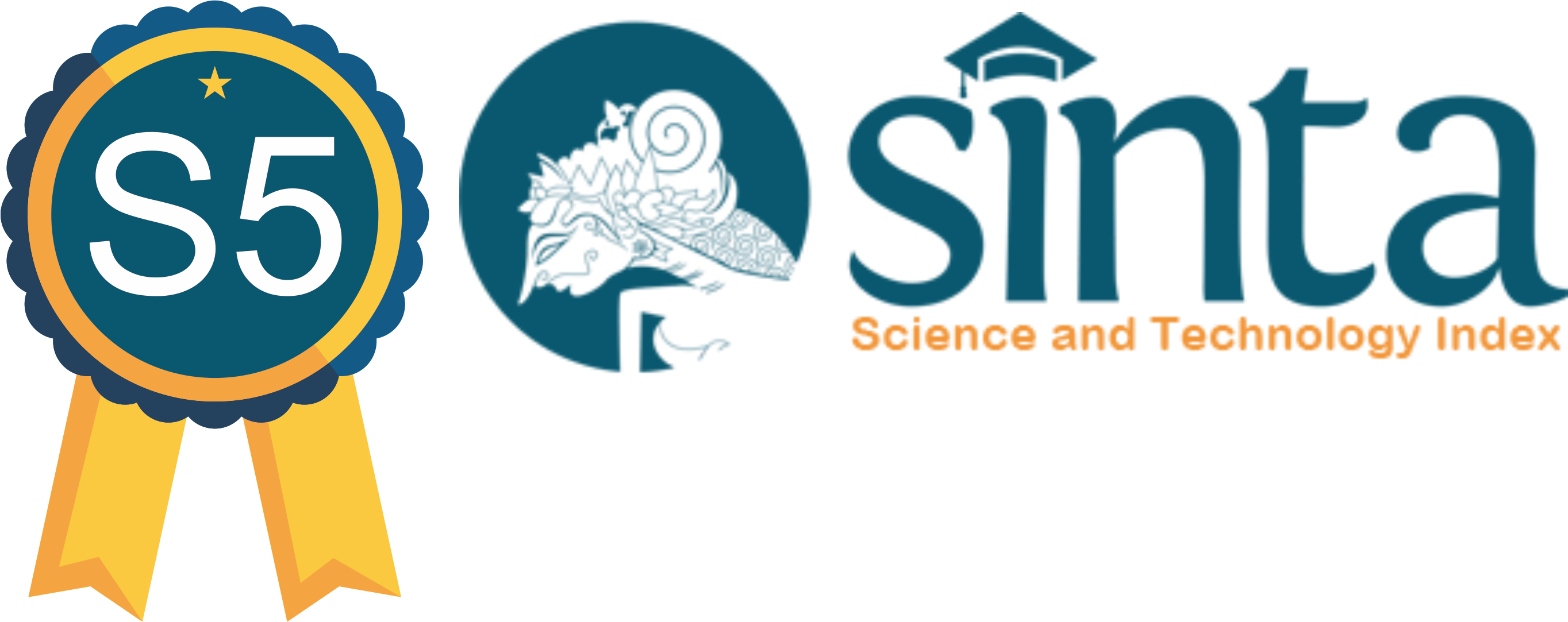Self-Control and Risky Sexual Behavior Teenager
Abstract
Late adolescence as the next generation of the nation must have a good mentality and behavior to become the next generation. However, in reality, many adolescents have reproductive health problems, such as abortion, HIV/AIDS, STDs, and pregnancies outside of marriage, which are caused by adolescents' misunderstanding of sexuality and freedom of sex. The purpose of this study was to determine the correlation between self-control and risky sexual behavior in late adolescents in Kupang City. The number of samples in this study were 380 late adolescents in the city of Kupang, male and female. Collecting data in this study used a scale of self-control and a scale of risky sexual behavior, and was taken using a purposive sampling technique. Test the h ypothesis using correlation statistical techniques, the results of the correlation coefficient value are - 0.829 with a significant number of Sig. < 0.05. This means that there is a significant negative correlation between self-control and risky sexual behavior in late adolescents in Kupang City. The higher the self-control, the low-risk sexual behavior, conversely, if the self-control is low, the risky sexual behavior is classified as high
Downloads
References
Blegur, J. (2017). PREFERENSI PERILAKU SEKSUAL REMAJA. Preferensi Perilaku Seksual Remaja Proyeksi, 11(2), 9–20.
Demon, B. P., Hinga, I. A. T., & Sir, A. B. (2019). Gambaran Perilaku Kesehatan Reproduksi pada Siswa SMA di Kota Kupang Tahun 2019. Lontar : Journal of Community Health, 1(2), 66–75. https://doi.org/10.35508/ljch.v1i2.2171
Safitri, E., & Uyun, Q. (2017). Hubungan kontrol diri dengan perilaku seksual remaja. Hubungan Kontrol Diri Dengan Perilaku Seksual Pranikah Remaja Di Kota Kupang.
Auliyah, A., & Winarti, Y. (2020). Hubungan Sikap dengan Perilaku Seks Pranikah Berisiko Kehamilan Tidak Diinginkan (KTD) pada Mahasiswa Prodi S1 Kesehatan Masyarakat Universitas Muhammadiyah Kalimantan Timur (Vol. 2, Issue 1).
Mufidah, L. (2008). Hubungan Antara Kontrol Diri Dengan Perilaku Seks Pra-Nikah Siswa Smkn 2 Di Kota Malang. Skripsi Psikologi.
Meranti, D. I. K. (2015). HUBUNGAN ANTARA KONTROL DIRI DENGAN PERILAKU SEKSUAL REMAJA PADA SISWA SMK ISTIQOMAH MUHAMMADIYAH 4 SAMARINDA. II, 1–15.
Putri, S. P. R., & Ariana, A. D. (2021). Pengaruh Kontrol Diri terhadap Perilaku Seksual pada Remaja Berpacaran. Buletin Riset Psikologi Dan Kesehatan Mental (BRPKM), 1(2), 1275. https://doi.org/10.20473/brpkm.v1i2.29062
Kafka, M. P. (2010). Hypersexual disorder: A proposed diagnosis for DSM-V. Archives of Sexual Behavior, 39(2), 377–400. https://doi.org/10.1007/s10508-009-9574-7
Efrati, Y., & Mikulincer, M. (2018). Individual-Based Compulsive Sexual Behavior Scale: Its Development and Importance in Examining Compulsive Sexual Behavior. Journal of Sex and Marital Therapy, 44(3), 249–259. https://doi.org/10.1080/0092623X.2017.1405297
Indraprasti, D., & Rachmawati, A. M. (2008). Hubungan Antara Kontrol Diri Dengan Perilaku Minum-Minuman Keras Pada Remaja Laki-Laki. http://psychology.uii.ac.id/images/stories/jadwal_kuliah/naskah-publikasi-04320092.pdf
Sarwono, W. (2015). Psikologi sosial. Sarlito Dan Meinarno A, Eko.
Luh N, Apsaryanthi K, Lestari D. (2017).Perbedaan Tingkat Psychological Well-Being Pada Ibu Rumah Tangga Dengan Ibu Bekerja Di Kabupaten Gianyar. Jurnal Psikologi UDAYANA.4(1).110-118.
Copyright (c) 2023 Alesandro Delvicchio Thien, Serlie Littik, R. Pasifikus Ch. Wijaya

This work is licensed under a Creative Commons Attribution-ShareAlike 4.0 International License.
Journal of Health and Behavioral Science (JHBS) is licensed under a Creative Commons Attribution-ShareAlike 4.0 International License. You are free to copy, transform, or redistribute articles for any lawful purpose in any medium, provided you give appropriate credit to the original author(s) and JHBS, link to the license, indicate if changes were made, and redistribute any derivative work under the same license. Copyright on articles is held by the authors. By submitting to JHBS, authors grant any third party the right to use their article to the extent provided by the Creative Commons Attribution-ShareAlike 4.0 International License.

 Alesandro Delvicchio Thien(1*)
Alesandro Delvicchio Thien(1*)








